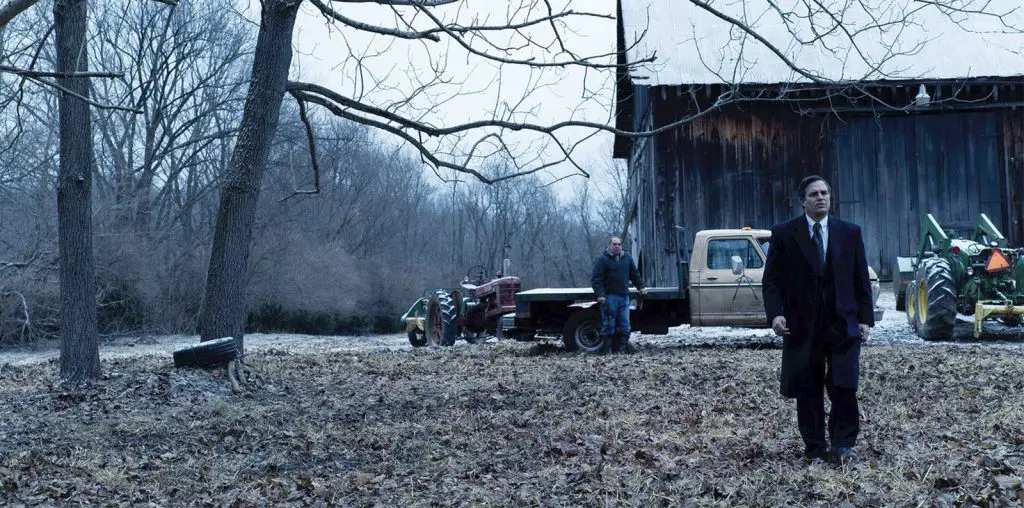
Those individuals who’ve left legacies behind offer teachings of peace, medical breakthroughs, technological innovations, artistic masterpieces, or political prowess. Not everyone can be a Martin Luther King Jr., Bill Gates, or Mark Twain, but the desire to be remembered is still strong. Tony Silver’s documentary “Style Wars” reveals how teens in the New York City area leave their mark. Shot in 1982, “Style Wars” introduces the work and philosophies of several graffiti artists. Silver’s documentary begins with voice-over glimpses of the hip-hop culture that began in the Bronx and then went to Harlem in the early 1970s. Rappers, break dancers (b-boys, breakers), and “writers” constitute this urban youth culture.
“Style Wars” devotes segments to breakers such as Crazy Legs and Ken Swift of the Rock Steady crew, but the bulk of the footage focuses on the writers who “bomb” NYC’s mass transit trains. What distinguishes the writers from graffiti artists in general is the primary choice of canvass. Graffiti artists will pretty much draw on any space of appropriate size: a wall, a bridge, the ground, modes of transportation, etc. Writers will do walls and bridges, but they prefer trains. The goal of any writer is to “put up” his name on as many subway cars as possible so that people all over the city can catch a glimpse of his signature.
Silver’s documentary features interviews with writers such as Dondi, Skeme, Min One, Seen, Revolt, and Zephyr. Through their testimonies, Silver touches on the history of graffiti on walls and trains. Taki 183 was the first one to make it famous. Papo 184, Junior 161, Cay 161, Stitch, and Barbara soon followed. Taki started in 1970, and by the mid70s, bubble letters, wild style, and slanted characters appeared.
What’s unique about “Style Wars” is that it presents a (deceptively) balanced story of “bombing,” or writing one’s name on subway cars. On the one hand, there are interviews with people who frown upon the graffiti. On the other hand, there are the artists telling their side of things. Those opposed to graffiti make valid points about why they disapprove of the thriving subterranean artists. Not all writers are as passionate about bombing as others and some of them plaster trains with illustrations of naked women in addition to names. A person who isn’t too keen on graffiti in the first place may tolerate mere words, but would certainly not be as accepting of a scantily clad cartoon.
Attempts at washing the trains are very costly and futile. The spray paint used for the graffiti does not vanish after industrial strength showering. The colors are not gone, they are only dulled. The result is a muddied mess. You might understand where NYC Mayor Fred Koch is coming from in wanting to stop the graffiti somehow, but spectator alliance is still with the writers. Even without strategic juxtapositions of bombing’s pros and cons, “Style Wars” has your undivided support.
Silver’s documentary consistently shifts from writer to anti-writer, but it maintains a good pace and doesn’t leave you bored for a second. The more you watch, the more you like the writers and their reasons for bombing. Critics might argue whether or not names-on-trains is art, but the writers don’t see it that way. To the writers, it’s all about leaving their mark.
The 20th Anniversary edition DVD of “Style Wars” includes a wealth of bonus features like a catalogue of the featured artists and their pieces, where-are-they-now segments, and over three hours of deleted scenes.
Can’t get enough DVD? Talk DVDs in Film Threat’s BACK TALK section! Click here>>>

